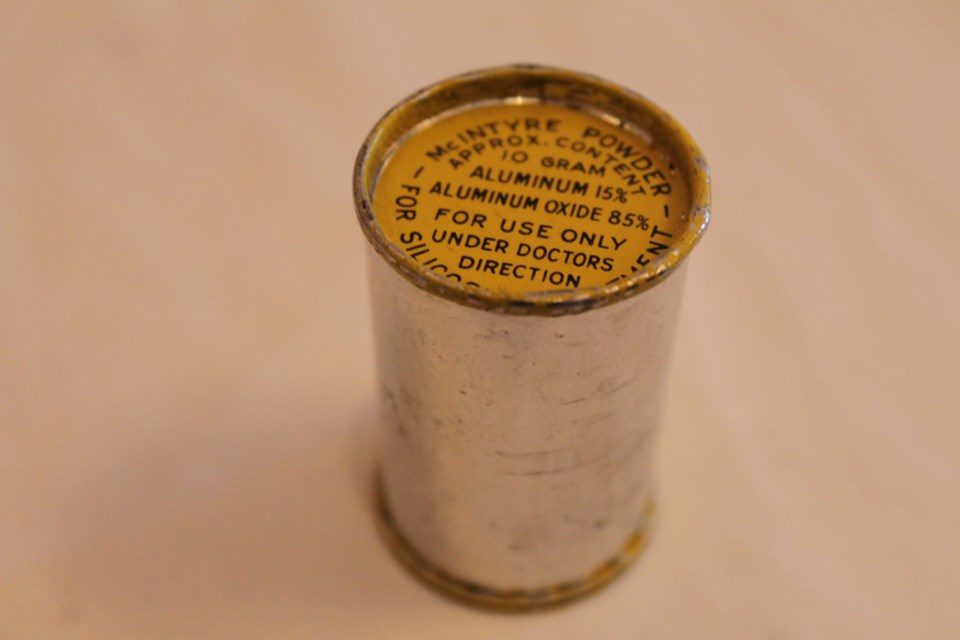The province has announced it’s reviewing the list of occupational illnesses that qualify workers for compensation through the Workplace Safety and Insurance Board (WSIB).
According to the province, the goal is to “evaluate how occupational illnesses in Ontario are identified, monitored and prevented.”
It marks the first such review of occupational illness in the WSIB’s history.
The work will be undertaken by the MAP Centre for Urban Health Solutions at St. Michael’s Hospital in Toronto, an independent research centre with expertise in studying complex community health issues.
Labour Minister Monte McNaughton made the announcement in an April 12 news release.
"Ontario has one of the strongest health and safety records in the country, but we need to make sure our system works for everyone,” McNaughton said in the statement.
“I have tasked this team of independent experts to find a clear path forward that improves supports for injured workers and their families. Change is coming to the system, and we are going to get it done."
The news follows a February announcement that the WSIB will now compensate workers who have been diagnosed with Parkinson’s disease after being exposed to aluminum dust, known as McIntyre Powder, while at work.
It’s a significant change in previous policy, which put the onus on workers to prove their exposure was work-related, and it means that eligible workers would have their compensation claims processed more quickly and efficiently.
The change was pushed to the forefront thanks in large part to the work of Janice Martell, a worker advocate and the founder of the McIntyre Powder Project.
Since 2014, she has tracked, recorded and reported the health histories of miners who were forced to inhale McIntyre Powder as a condition of employment while working at mines across the country between 1943 and 1980.
Her advocacy led the WSIB to commission a study, released in 2020, to investigate the neurological impact of McIntyre Powder on workers.
Lead researcher Dr. Paul Demers found there is a link between exposure to McIntyre Powder and Parkinson's disease, and the WSIB has since adjusted its claims approval process as a result.
Since then, worker advocates from across the province have joined forces to form the Occupational Disease Reform Alliance, which has echoed the call for WSIB reform, including how it recognizes disease trends in workplaces resulting from multiple toxic exposures while at work.
With this latest study, the province said it would take into account Demers’ findings and consult with labour groups, workers’ rights advocates, employers, and health-care professionals, among others.
“As science advances and our understanding of occupational disease evolves, we need to make sure our systems of support keep up,” Jeffery Lang, president and CEO of the WSIB, said in the release.
“It is crystal clear we need everyone involved in the occupational disease system to work together to prevent illnesses in the first place, and properly identify them when they do happen.”
The review is expected to be complete by December.




